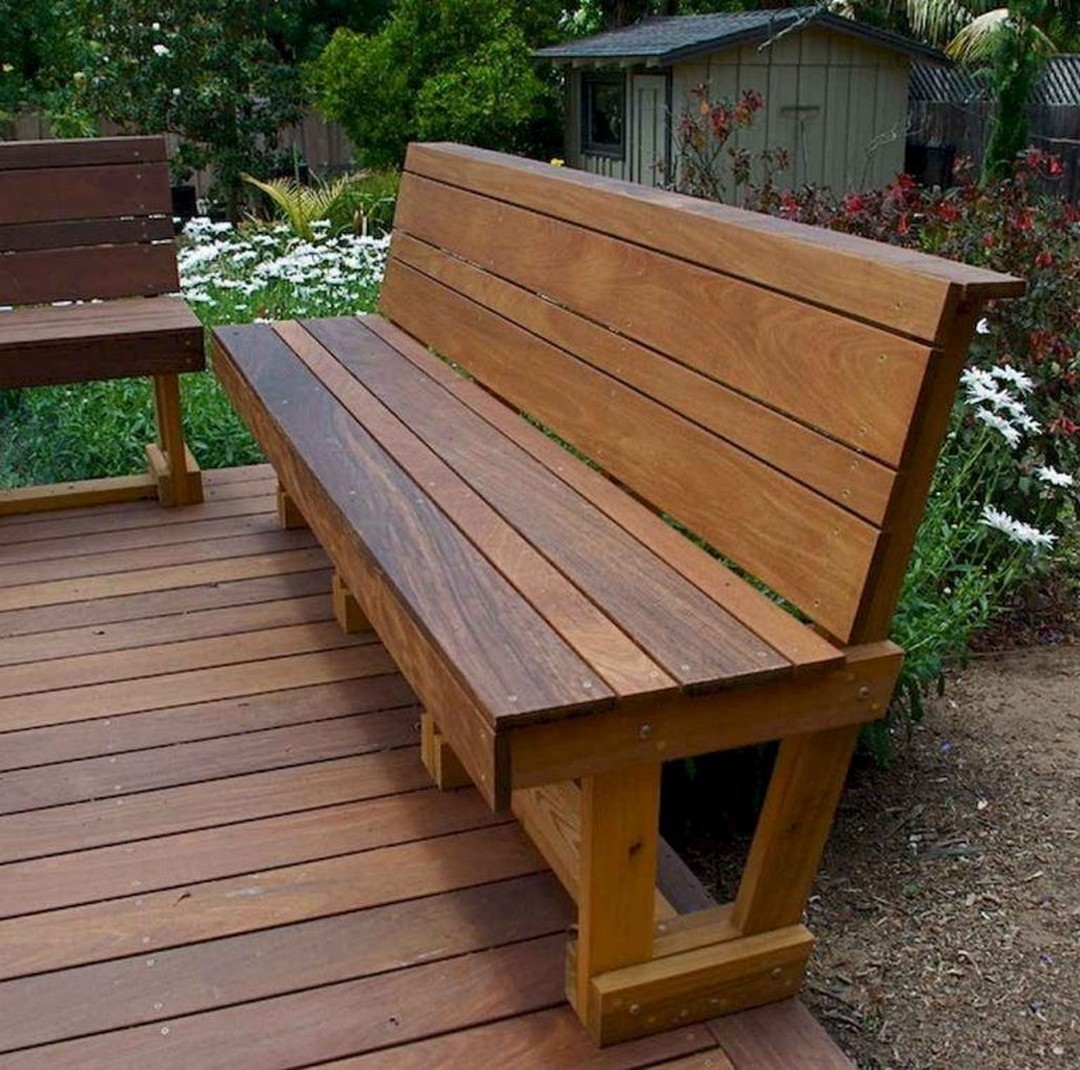Unleash Your Inner Carpenter: Fun Woodworking Projects for Everyone
The satisfying smell of freshly cut wood, the rhythmic whir of a saw, the pride in a handcrafted creation – woodworking offers a unique blend of creativity and craftsmanship. It's a hobby that transcends age and skill level, offering projects perfect for beginners and seasoned artisans alike. Whether you're looking for a weekend project or a long-term undertaking, the possibilities are vast and endlessly rewarding. Let's explore some fun woodworking projects that cater to all ages and skill sets!
Beginner-Friendly Projects: Perfect for Young Makers
Introducing children to woodworking fosters valuable skills like patience, problem-solving, and attention to detail. These beginner projects require minimal tools and offer instant gratification, encouraging further exploration of the craft. Safety is paramount, of course – always supervise children closely and ensure they use age-appropriate tools and techniques.
Simple Birdhouses: A Feathered Friend's Delight
Constructing a birdhouse is a fantastic starting point. You'll need basic tools like a saw, hammer, and nails, along with pre-cut wood pieces for ease. Children can help measure, paint, and even assemble the components under supervision. Decorate the finished product with vibrant colors and creative designs to attract local birds. The sense of accomplishment from building a home for feathered friends is immeasurable.
Wooden Coasters: Adding Charm to Your Table
Create personalized coasters using scraps of wood. These small projects require only a few simple tools. Let kids choose their favorite colors and decorate them with paints, markers, or decoupage. The process is quick, easy, and results in functional art that adds a touch of handmade charm to any table.
Intermediate Woodworking Adventures: Exploring More Complex Techniques
Once you've mastered the basics, it's time to move on to more challenging projects. These projects introduce new techniques, require more precise measurements, and often incorporate joinery, expanding your woodworking skillset.
Rustic Shelves: Organising with Style
Building shelves provides a practical application of learned skills. You can choose from various designs, from simple floating shelves to more complex units. Learn to use a drill for pilot holes, improving the accuracy and strength of your joins. Experiment with different wood finishes, from natural stains to bold paints, to personalize your shelves and complement your home décor.
A Charming Toy Box: A Timeless Classic
Crafting a toy box is a rewarding project that combines functionality and aesthetics. This project introduces more advanced techniques like rabbet joints or dadoes, enhancing structural integrity. The design possibilities are endless, from simple boxes to ornate chests. Remember to sand all edges meticulously for safety and to enhance the smooth finish of the toy box.
Advanced Woodworking Projects: For the Experienced Craftsperson
These ambitious projects require advanced skills, precise measurements, and a good understanding of woodworking techniques. They're perfect for seasoned woodworkers who want to push their creative boundaries.
A Sturdy Workbench: The Heart of the Workshop
Building a workbench is a testament to your woodworking proficiency. It demands precision, strong joinery, and careful planning. You'll need to choose durable wood, create robust supports, and incorporate features like vises and drawers. This project will be a source of immense pride, becoming the foundation for many future projects.
Intricate Wooden Puzzles: A Challenging and Rewarding Creation
Designing and creating intricate wooden puzzles requires a high level of skill and attention to detail. This project allows you to express your creativity through both the puzzle's design and the precise craftsmanship involved in its creation. Consider creating themed puzzles or incorporating unique shapes and challenges to make it truly special. The level of satisfaction achieved upon completing this is unmatched.
Remember to prioritize safety throughout every project. Always wear appropriate safety gear, use sharp tools correctly, and work in a well-ventilated area. Enjoy the process, learn from your mistakes, and embrace the joy of creating something beautiful with your hands!
















